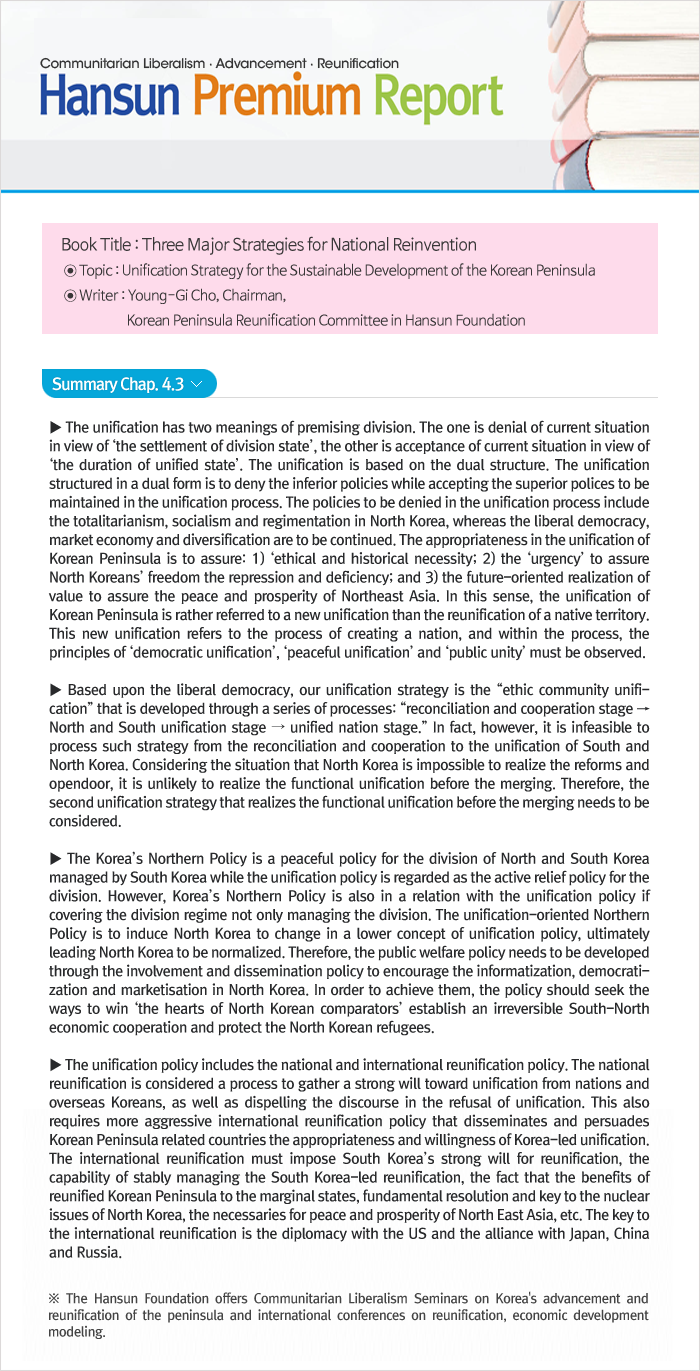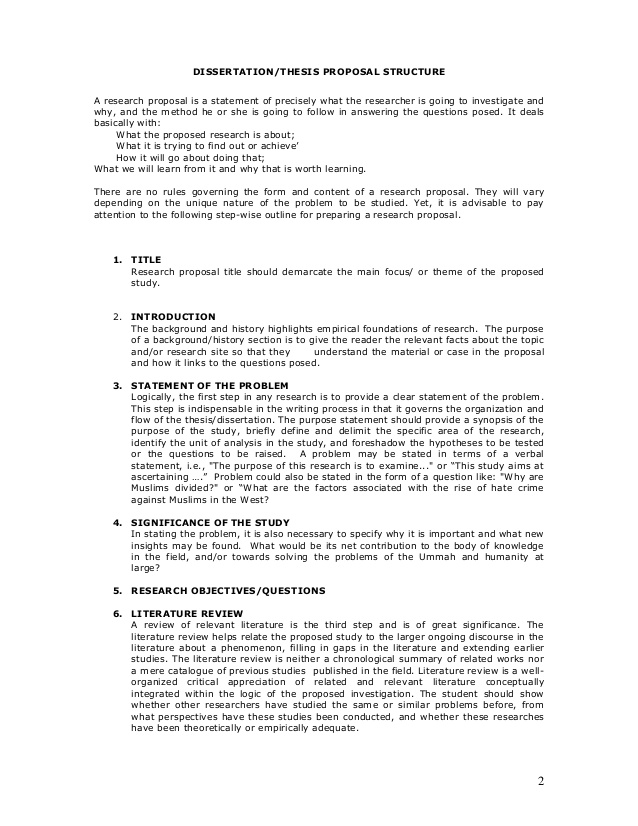Restriction Fragment Length Polymorphism - an overview.
Abstract. This paper examines the utility of restriction fragment length polymorphisms (RFLPs) for paternity analysis. While, on the average, 99% of falsely accused males can be excluded with the standard battery of blood group antigens, red cell enzymes, serum proteins, and HLA antigens, there are still mother-child pairs for whom the exclusion probability is not high.
Traditional methods that are used to identify clinical isolates of Candida species are time-consuming and not appropriate for rapid, accurate and reliable identification. The aim of this study was to characterize Candida species isolated from fingernail onychomycosis by using polymerase chain reaction (PCR) followed by restriction fragment length polymorphism (RFLP) with three different.
Various theories have been proposed in terms of polymorphisms as a genetic cause of atherosclerosis. The findings of the research by Guzik et al. (2000) suggest that CYBA-242T allele is linked with NAD(P)H oxidase in both maximal and basal conditions. The mechanism of the effects and their consequences of atherosclerosis is not clear.
Other posts on the site.
PCSK9 E670G polymorphism and alcohol consumption on serum lipid levels. Methods: Genotypes of the PCSK9 E670G in 1352 unrelated subjects (785 non -drinkers and 567 drinkers) were determined by polymerase chain reaction and restriction fragment length polymorphism combined with gel electrophoresis, and then confirmed by direct sequencing.
Soil indexes of the soil shannon diversity index (H), which incorporates both richness and evenness of all soil microbial-species observed in the plots according to T-RFs peaks composition determined by terminal restriction fragment length polymorphism (T-RFLP), also exhibited a similar trend with soil physicochemical properties during the succession.
The proanthocyanidin profiles of 61 local landraces were determined by the DMACA stain and butanol-HCl assay. The Anthocyanidin synthase (ANS) gene was then amplified using PCR from a subset of 11 landraces, and the amplicons subjected to sequence polymorphism analysis using the restriction fragment length polymorphism (RFLP) technique.
Abstract. Mitochondrial DNA (mtDNA) extracts from 13 isolatesof Fusarium oxysporum f. sp.niveum, including 12 from widely separated geographic regions within the United States and representing the three races, and one race 2 isolate from Israel, were examined for the presence of plasmid DNA and were also subjected to restriction endonucleases analysis.
Call for Papers - International Journal of Science and Research (IJSR) is a Peer Reviewed, Open Access International Journal. Notably, it is a Referred, Highly Indexed, Online International Journal with High Impact Factor. International Journal of Science and Research (IJSR) is published as a Monthly Journal with 12 issues per year.
Identification of 10 salmon species using DNA-based methodology was investigated. Amplification of DNA was carried out using a primer set which amplified a region of the mitochondrial cytochrome b gene. Sequences of PCR-amplified DNA from the salmon species were used to select six restriction enzymes allowing species to be uniquely classified.














_Nora_Willett/storyboard.jpg)



